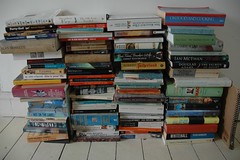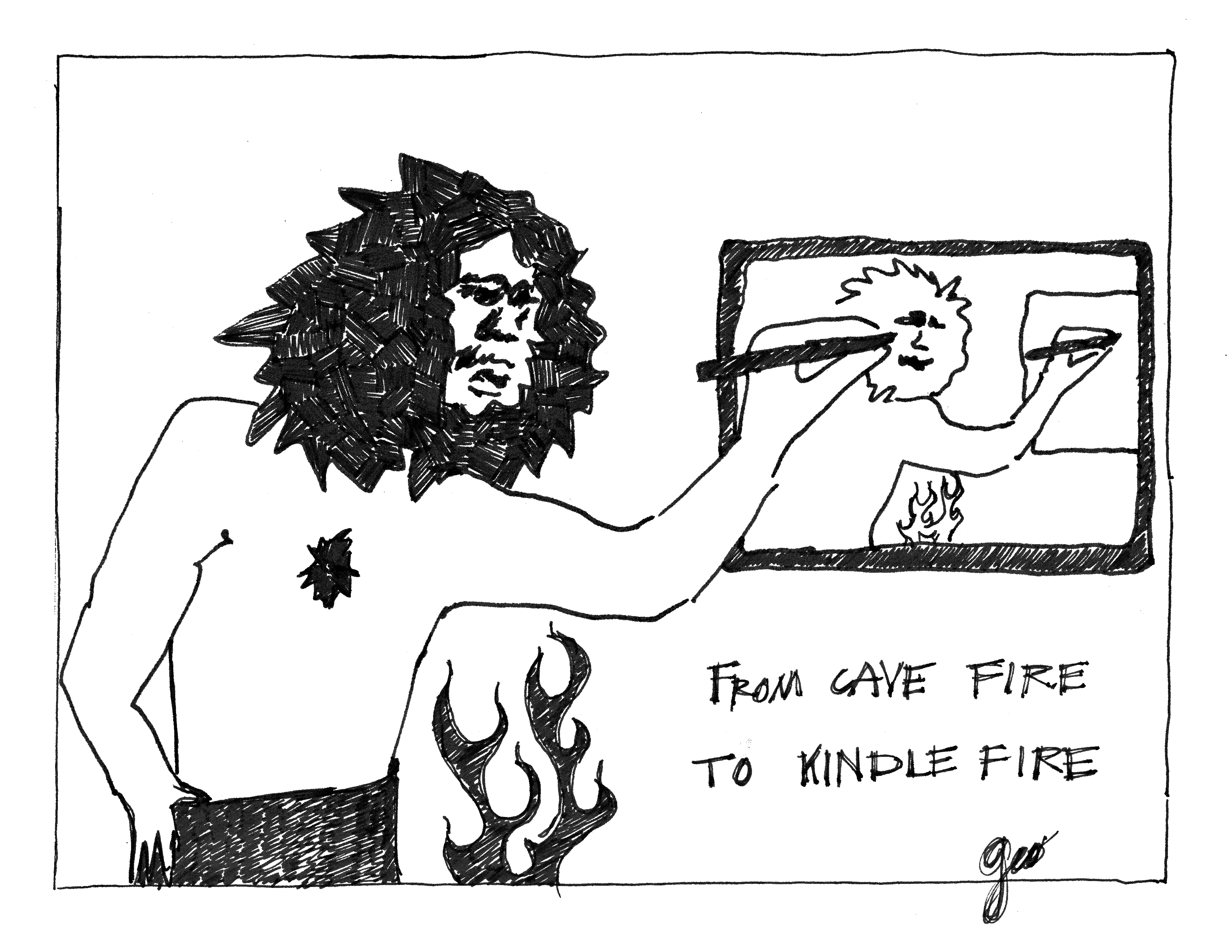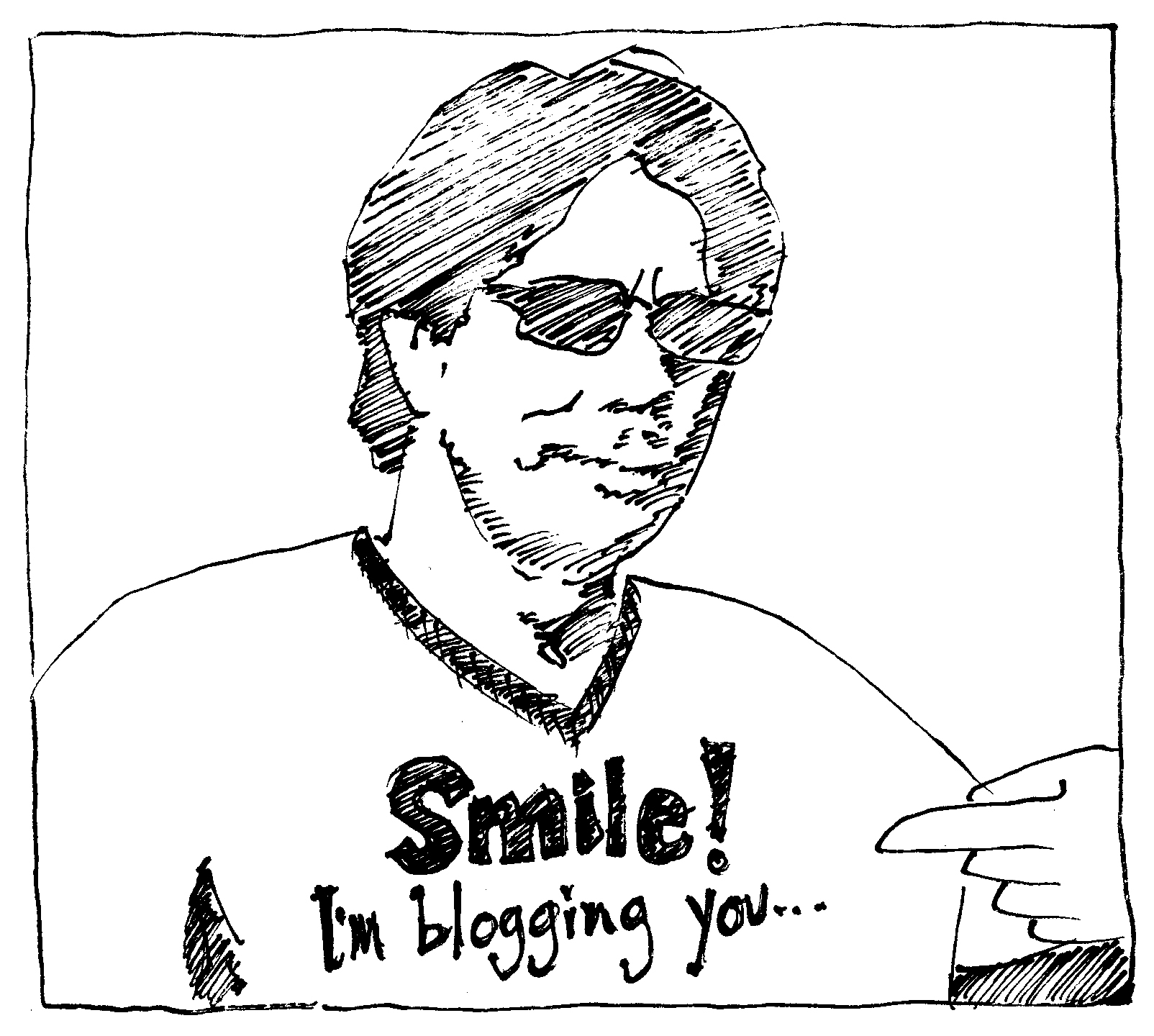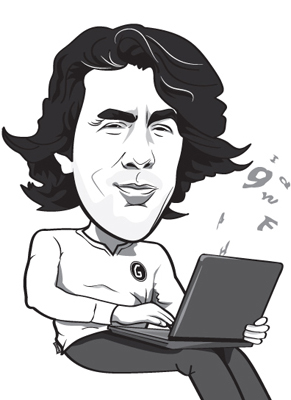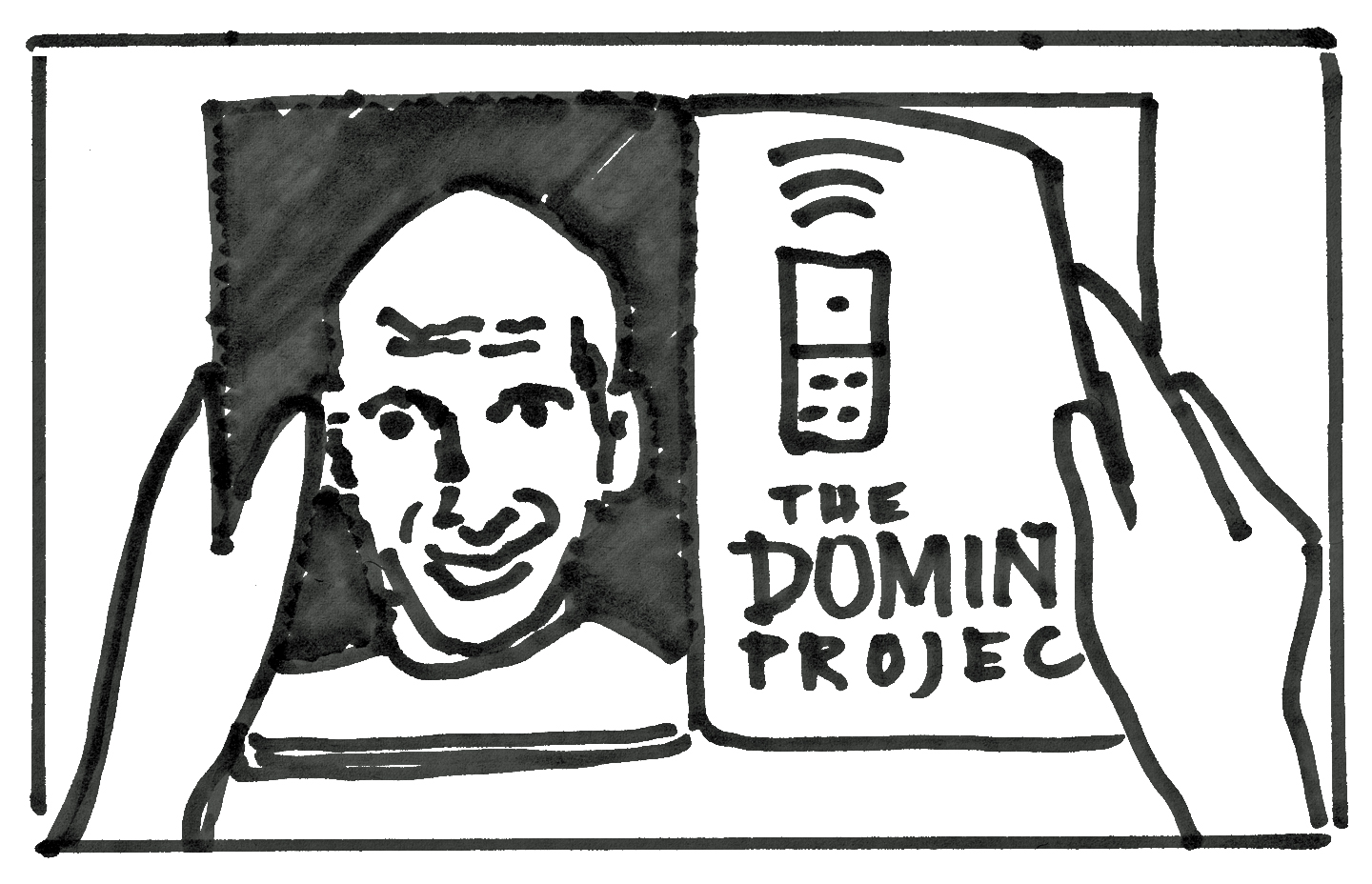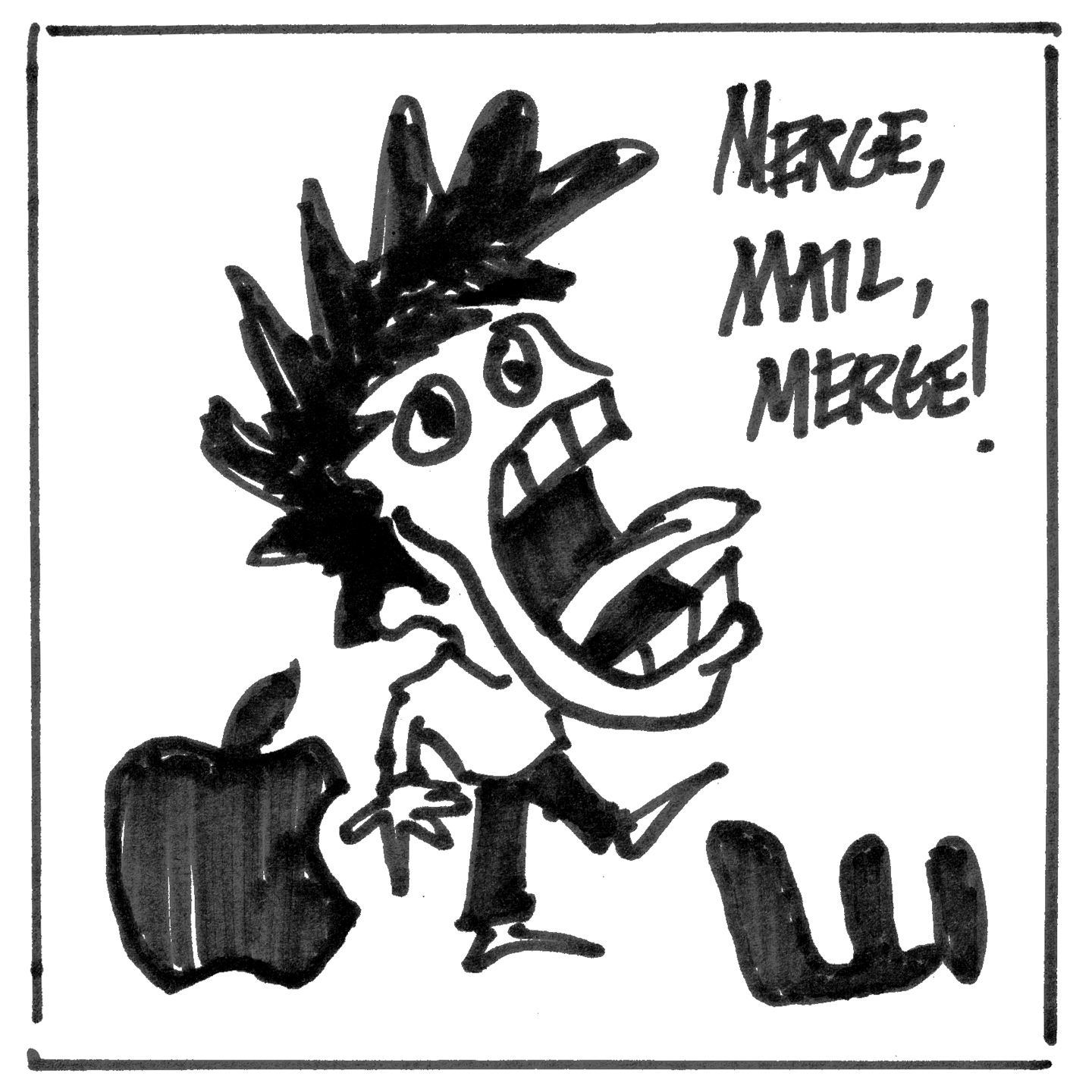Publishing Hatchet Job
Just over a year ago Digital Book World‘s Editorial Director, Jeremy Greenfield (@JDGsaid), helped “leak” a Hachette Book Group internal document reminding the team why traditional publishers remain relevant. The outline sparked a wildfire, igniting debate and speculation.
Perhaps we’ll be able to discuss their 12-month review soon. Until then, here’s a lighthearted mashup — a mostly-found ode to publishing past, curated with a graffiti poet’s irreverence — to help prime the pump.
Publishing is complex,
Finely tuned machines
Whirring behind the scenes
Despite calm, collected facades.
While uppity “self-publishing”
Is a misleading misnomer,
A slipshod hodgepodge
Of hyped-up author services,
Our full service publishing
Connects content creators
And content consumers
In meaningful, pedigreed
And value added ways.
We all but guarantee
Widest possible readership.
Have you forgotten how?
Here’s a helpful cheat sheet:
We discover outstanding
Talent (with jumbo platforms).
We cull the best from the rest.
We invest in our authors,
Funding their creativity and
Fueling content collaboration.
We invest editorial expertise,
In-house publicity gurus and
Spendy strategic marketing.
We leverage global retail
And distribution partnerships.
We’re a new market pioneer,
An agile, risk-taking innovator
Exploring and experimenting
Even when a positive outcome
Isn’t 100% iron-clad guaranteed
(Such as those gimmicky apps
And enhanced digital books.)
We build author brands and
Protect intellectual property.
We have nicely appointed offices
And lots of employees just like you
Because it’s worth it. You’re worth it.
Go, team, go! No, wait…
Stay, team, stay. Please?
Apologies to Hachette (who deserves credit for catalyzing critical if overdue debate about why traditional publishers are relevant in today’s publishing wild west) and Jeremy Greenfield who after all, was just the messenger. Actually, he’s an always-timely, almost always sage messenger who has emerged as one of the oracles of the Post-Gutenberg Paradigm.
Apologies as well to you, my tolerant reader. I’m a perennially curious flaneur, not an expert on the rise and fall of publishers. You’ll find no wonky wizardry here. I’ve taken liberties aplenty. My mission, after all, is to entertain, not dispense wisdom. For that you’ll have to hunt elsewhere… Sorry!
Afterward
Among the throng responding to Hachette’s internal memo, J.A. Konrath’s advice to publishers stands out.
Publishers should stop trying to convince themselves and others that they’re relevant, and start actually being relevant. Here’s how:
- Offer much better royalties to authors.
- Release titles faster. It can take 18 months after a book is turned in to be published. I can do it myself in a week.
- Use up-to-date accounting methods that are trackable by the author, and pay royalties monthly.
- Lower e-book prices.
- Stop futilely fighting piracy.
- Start marketing effectively. Ads and catalogue copy aren’t enough. Neither is your imprint’s Twitter feed. (Digital Book World)
Thank you, J.A. Konrath (@jakonrath) and thank you Hachette. A year later, where are we?
Related articles
- Hachette’s New Deal With Amazon, Barnes & Noble? (digitalbookworld.com)
- Looks Like Simon & Schuster Has a New Deal With Amazon, Other Retailers (digitalbookworld.com)
- Debating Ten Ways to Save the Book Publishing Industry (digitalbookworld.com)
- Hachette Launches EPUB3 Program, ‘Committed’ to the Format (digitalbookworld.com)

